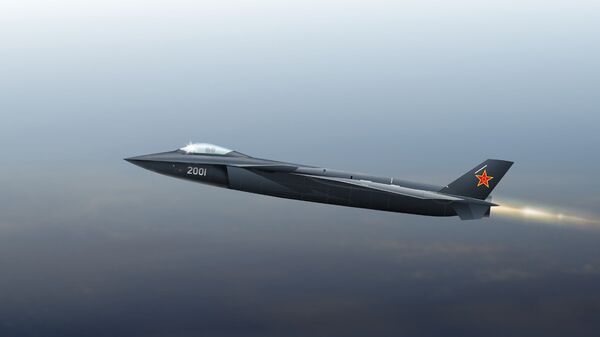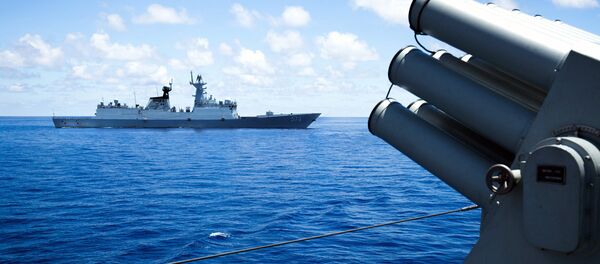Chinese planespotters first saw the J20 in 2010, and the public got its first glimpse of the craft at the Zhuhai airshow in November 2016. The military channel on China’s state television confirmed that the plan had entered service on Thursday.
What remains to be seen is whether the J20 can evade radar with the same aptitude as Lockheed Martin’s F-35 strike jet, or Lockheed’s air-to-air combat jet F-22 Raptor. The development of the new Chinese aircraft began in the late 1990s and had its first flight in 2011.
In November 2016, aviation journalist Andreas Rupprecht wrote in the Aviationist, "The J-20 is a giant leap for the PLAAF both capability-wise and technology-wise. Did anyone of us expect a Chinese stealth fighter to be operational before 2020 when asked in, let’s say, 2010?"
The speed of the craft’s development outpaced that of the F-35, and was specifically built to exploit a weakness in the US Air Force airborne early warning and control aircraft, and unarmed aerial refuelers.
In 2014, while then-US President Barack Obama was attending an Asia-Pacific summit in China, Beijing presented an unfinished J-31 twin-engine jet, a craft meant to compete with the F-35.
President Donald Trump’s unpredictable stance in the region has Beijing on edge as it continues to bolster its Navy. During an annual parliament meeting, People's Liberation Army Navy’s (PLAN) Deputy Chief of Staff Wang Weiming told the Xinhua news agency, "We will intercept any intruding aircraft and follow every military vessel in areas under our responsibility." In describing China’s marine corps development, he said, "Our sailors should stay vigilant and be able to deal with emergencies at all times."
Wang noted that Beijing’s second indigenous aircraft carrier is in “good shape” and is in the process of being fitted. The new carrier is expected to enter service around 2020, along with the Liaoning, China’s only other aircraft carrier.
PLAN’s political commissar of armaments, Li Yanming, remarked that a "first-class navy should be equipped with first-class armaments,” adding that manufacturing naval arms would have "better quantity, quality, scope, and functionality."
China’s regional neighbors have been unnerved by its more aggressive stance in the South China Sea, with Beijing increasing defense spending and building artificial islands that are reportedly outfitted with weapons.
On Monday, Beijing announced that its defense budget would increase by 7 percent, adding a little over $150 billion, roughly a quarter of what Washington spends annually.
"The aircraft carrier is still in training and trial stage. The marines remain weak, and the number and quality of long-distance vessels do not meet expectations," said Wang Huayong, deputy political commissar of the Eastern Theatre Command.





